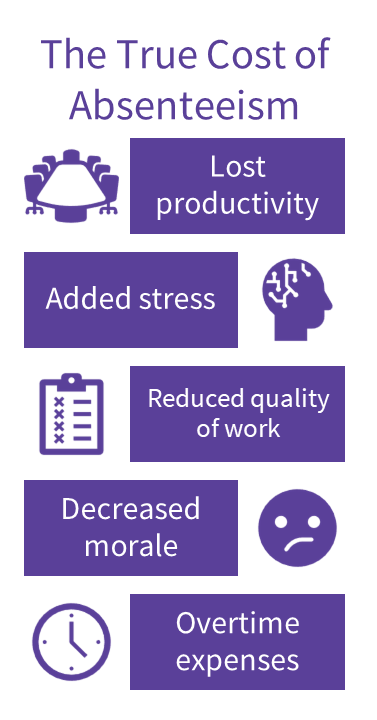The Benefit that Gives Back
Expect a return on your investment when you implement Backup Care.
For many organizations, open enrollment is an opportunity to highlight employee benefits that matter most. This conversation is especially important because of the current U.S. worker shortage. Family-friendly benefits, including Backup Child and Adult Care, are among the most important benefits keeping employees in their current job or helping them choose to move to a new company.
The Problem
Backup Care has been an issue since the dawn of time, but our current global pandemic has placed a serious spotlight on its importance. According to the most recent U.S. Census data, 6.8 million unemployed Americans are not working because they lack reliable and affordable Child Care. Even as most schools have transitioned to in-person classes, parents are hesitant to go back to work. They fear schools will experience a COVID-19 outbreak, leading to closures for days or even weeks at a time.

Breakdowns in family care are not a new problem for HR professionals. They have first-hand experience watching employees leave the workforce due to a lack of adequate Child Care. Repercussions reach further than just a shortage of employees in nearly every industry. 6.7% of payroll costs are due to unplanned employee absences, adding significant financial burden to a company’s bottom line. When indirect costs are attributed, such as overtime expenses and lost productivity, that loss climbs to nearly 15%. Although breakdowns of all kinds of care impact businesses, breakdowns in Child Care cause the largest disruption in the corporate world. U.S. businesses directly lose $4.4 billion annually due to employee absenteeism because of breakdowns in Child Care. They also lose an additional $4 billion indirectly, due to decreased productivity and other losses.
The Solution
One answer to this problem is Backup Child and Adult Care. Backup Care is an employer-sponsored benefit designed to help employees find temporary care when their routine is interrupted. When a school is closed or the regular caregiver calls in sick, this benefit provides employers and employees the comfort of knowing there is a viable solution. Backup Care is quickly gaining popularity as a recruitment and retention tool, but it also saves money.
The average cost of Backup Care is less than 1/10 of 1% of annual payroll. This is exponentially less than the 6.7% of annual payroll lost each year due to absenteeism.
So, what do you get when you decide to add Backup Care to your benefits portfolio? Much more than you might think. Companies that have implemented Child and Adult Backup Care benefits experience a 30% decrease in absenteeism and turnover decreases by as much as 60%. Present and productive employees save money by reducing turnover and increasing productivity. In tandem, employers are also gaining the ability to recruit and retain top talent.
If this was a breakeven benefit, it would be a good business decision. However, the return on investment is high. Industry ROI estimates range from $1:3 to $1:13, but always reveal a positive rate of return. As organizational leaders, our primary responsibility is to increase our company’s value for our shareholders. Backup Care does this in multiple ways. First by creating a happier, more productive workforce, and second, just by a good old-fashioned reduction in overhead. The cost of implementing Backup Care is far less expensive than the costs associated with absenteeism and turnover, making Backup Care a business decision leadership can enthusiastically champion.
It’s not too late for 2022! Consider adding Backup Care Benefits. Get started in as little as 72 hours. You will be rewarded with SHRM award-winning technology, Pay-As-You-Go billing, exemplary customer service and a thoroughly appreciative workforce. Click here for more information.
By: Alanna Gonzales, MBA Chief Marketing Officer at CorporateCARE Solutions, and proud working mother of the best human.

